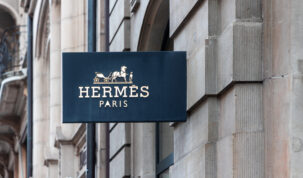The Patent and Market Court has recently in a decision (case PMÄ 15622-16), dated 25 April 2017, ruled that knowledge of someone else’s prior use of a trademark alone does not suffice to constitute bad faith.
A Swedish company applied for registration of the trademark “Lyckliga Gatan” for clothes in Class 25. The Opponent filed a complaint that the Swedish Company was in bad faith at the time of filing of the application. The opponent had used, and was is still using, the trademark “Lyckliga Gatan” as a name on a shop selling clothes in a town in Sweden. The Swedish Company became aware of the opponent’s business and use of the trademark one month before the filing of the trademark application.
However, according to the Patent and Market Court, this is not enough for the applicant to be considered to have acted in bad faith. The Patent and Market Court stated that in order for bad faith to exist, it is in principle required that the applicant has acted with some kind of malicious intent, such as spite or commercial unfairness.
The company name of the applicant, Lilla Lyckliga Gatan (14) AB, with the dominant part being “Lyckliga Gatan”, was similar and had been in business since 2012. Therefore, the Patent and Market Court deemed the applicant to have a legitimate interest in registering the trademark.
It is the opponent that has the burden of proof to show that the applicant filed the trademark application in bad faith. The opponent did not present any investigation which proved that the application was filed for other reasons than a legitimate interest in registering the trademark.
The lesson to be learnt is that it requires more than to show that the applicant, at the time of the application, was aware of that the trademark was being used by a third party in Sweden or abroad and is still in use, in order to prove that the applicant was acting in bad faith. At least if the applicant can show that they have a legitimate interest in registering the trademark.





